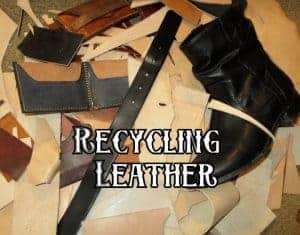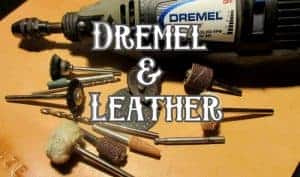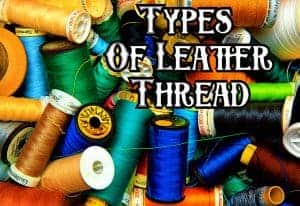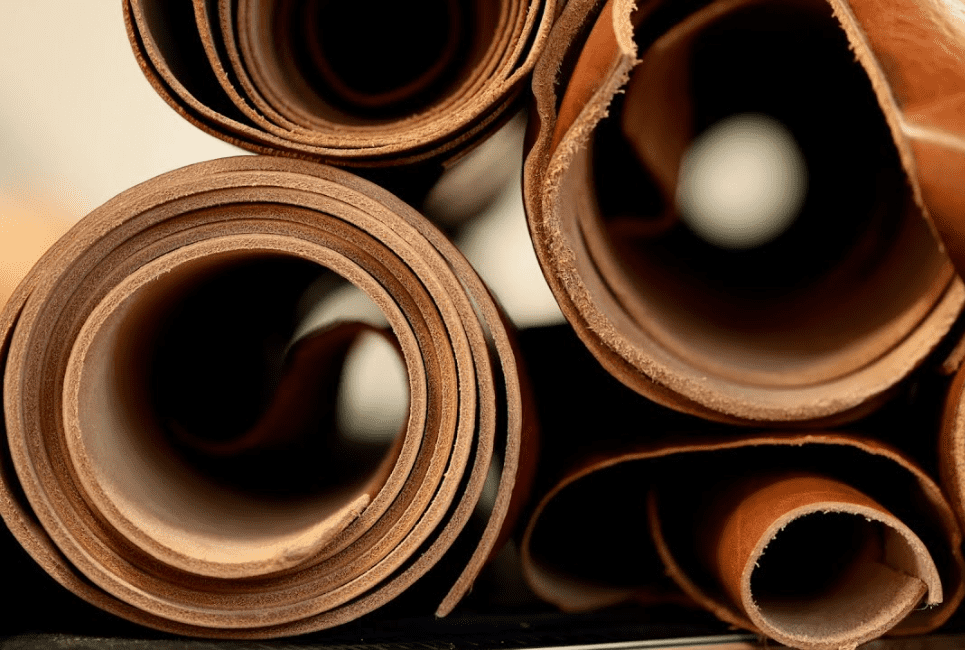
Top Grain Leather Guide
I remember looking at a “leather” bag, excited that it was “full genuine leather,” but then my family (who have a knack for ruining all of my blissfully ignorant moments) came over, looked at the price, and said there was no way it was full grain leather.
Upon closer inspection, they were right. Again. It was actually top grain leather, which is why it was so much cheaper. I was nineteen, so I didn’t really care one way or the other; I just knew that growing up, leather anything was the mark of someone wealthy and classy, so I wanted to prove I had arrived by buying a real leather bag.
And so I bought that top grain leather bag. No one cared. No one looked at it from across the room and went, “Wow! Whoever that lady is must be making waaaay more than $10 per hour.” But female friends complimented how pretty it was, and that was good enough.
It broke down after about ten years of daily use. Still, it served me well during those ten years, and as an adult, I now have a better understanding of how top grain is different from full grain and how buying a leather bag isn’t going to announce to the world that you’ve broken out of poverty.
Bottomline Upfront
Top grain leather is the second highest quality leather you can find. It’s very common in nicer upholstery, bags, wallets, and purses. It’s more comfortable than full grain, less expensive than full grain, more durable than split grain or bonded leather, and it is highly resistant to stains.
What is Top Grain Leather?
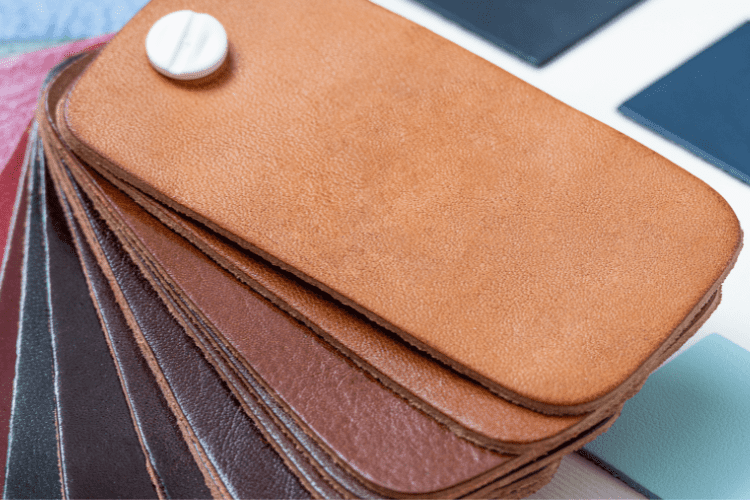
Let’s start with how we get top grain leather.
Where it Comes From
If you look at a piece of rawhide, starting at one end, you have:
- The Flesh
- The Corium (which is where we get suede)
- The grain (where we get top grain leather)
- The Grain and Hair Shaft (where we get full grain leather)
With top grain leather, you don’t have the outermost layer of hide as you do with full grain leather. As soon as the outermost layer is buffed, you are left with the top grain.
Manufacturers make top grain leather by separating the outermost layer via sanding or buffing. This makes the piece of hide thinner and a bit easier to work with while also buffing out any defects, scars, blemishes, or wrinkles.
| Name | Where it Comes From | Qualities and Characteristics |
| Full Grain Leather | Taken from the outermost layer of hide. It includes the outermost layer and the second, fibrous layer called the splint. | It is durable and stiff, but breathable too. It is not heavily processed and contains visible markings and grains. |
| Top Grain Leather | Taken from the same outermost layer of hide but it doesn’t have the splint layer. | This makes it softer and more pliable, so it can be used in things like couches and chairs. |
| Split Grain Leather | Taken from the layer left behind after the top grain leather is separated | It is soft and used to make suede products. |
| Bonded Leather | It is made from all the scraps of leather left behind after the other pieces are made. It gets combined into larger, workable sheets of leather. | It is much less durable and much thinner but also the cheapest. |
Quality
Top grain leather is the second highest quality leather you can find, behind full grain leather. It is slightly thinner, but that means it’s a little bit easier for the manufacturer to work with. Because it’s easier to work with, it doesn’t take as much effort or time, so the cost is reduced when it reaches the consumer.
Just because it isn’t the highest quality doesn’t mean it’s not durable and long-lasting. In fact, it makes for perfect everyday materials like purses and bags like the Madison Leather Tote Bag and furniture like the Winston Tufted couch.
What it Looks Like
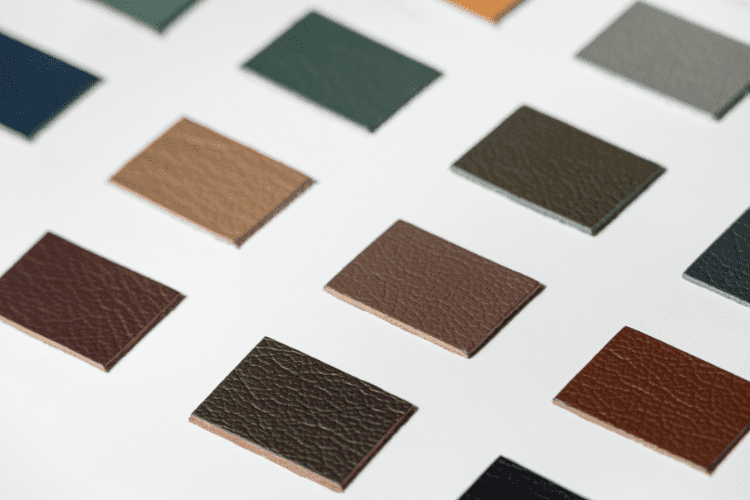
Top grain leather is different from most leather products (like full grain) in that it has been sanded. So, there are no blemishes or imperfections on the leather. It has a uniform look that a lot of people prefer. You can see that uniformity in things like this Top Grain wallet.
Sometimes it is dyed, like this Top Grain desk chair. Incidentally, we had one of these desk chairs, and it lasted 12 years before the leather began to break apart. It was used every day, and it was magnificently comfortable. If you don’t want something so plush and supportive, there are executive office chairs that are just as durable.
Some products are sanded and buffed, and the leather is distressed, embossed, or colored thereafter. You can see the distressing technique used in this top grain handbag.
How it Ages
Full grain leather gets a patina with time, but top grain leather usually has a finished coat applied to the outside, so it doesn’t develop that. This top grain leather body sling shows off embossing, stitching, and coloring finish put on the otherwise natural hide.
So, you are giving up the patina, but you get a nice finish that protects against stains and keeps it from breaking down over time.
That said, you still have to take care of your top grain leather products, of any kind, in order to help compensate for the fact that it is a thinner, weaker piece of hide.
Leather Honey is one of the more popular cleaning and conditioning products for all types of top grain products, including chairs, couches, handbags, belts, and even homemade wallets.
For furniture, you can use Weiman’s shampooing and conditioning wipes. Bick is good for apparel and bags and offers increased waterproofing and conditioning for the leather.
Note: If your top grain leather products are like the body sling, then they have a protective coating on them, and things like oils or conditioners won’t necessarily penetrate. But if you get the top grain handbag with its distressing, you can still condition the leather.
Advantages
The biggest advantage is that top grain leather is easier to work with than full grain leather. Though it is less durable than full grain leather, it is much more durable than any other genuine leather product. So, it is less expensive and gives a consistent appearance when the product is made. You can also pattern it or dye it, so you have many more options for a finished product.
Disadvantages
The leather doesn’t breathe as well as full-grain leather, so it doesn’t absorb oils from conditioners as well. It still absorbs something and is more durable than cheaper leather products like split grain leather, but if you don’t take good care of it, it will start to crack and become brittle after regular use.
The other disadvantage is that it won’t develop a patina over time. I don’t care about it, but some people care about this the most.
Why Use Top Grain Leather
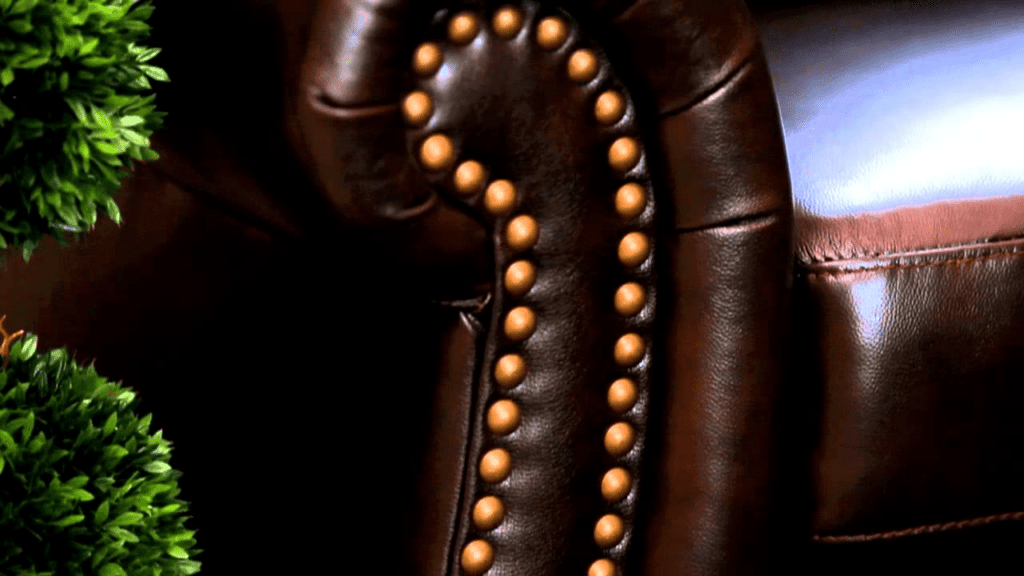
Full grain leather might be the highest quality, but top grain leather is very popular for upholstery, especially things like couches and office chairs. The way in which it is buffed and sanded makes it exceptionally durable. That durability is important in a piece of furniture that you regularly get into and out of, move around in, and remove your cat from.
The tanning process used to manufacture top grain leather also makes it more resistant to stains. If a type of pigment is added to the leather, it increases that resistance. So, any office chairs that are black or red or any brown pigment added to a couch makes that piece of furniture highly resistant to stains.
My grandmother once decided that she wanted everything on their newly remodeled bottom floor to be white. This meant white leather sofas, white carpets, and even a white Christmas tree during the holidays. She made us Baked Alaska for dessert for an entire year as part of her white kick.
We had to be especially careful to remove our shoes even before thinking about coming into the house. No one wanted to eat or drink anything for fear that it would get dropped. Hands were washed before touching the couch.
Thankfully, my grandfather tripped down the white stairs with a fresh cup of black coffee two weeks after installation. The carpets were never the same, so the downstairs now became a more casual den where food and drink could be safely had. However, all of the white leather furniture was perfectly intact. Because a pigment had been used on the top grain leather, the coffee was wiped off immediately.
Whether you have my black coffee-addicted grandfather, pets, or kids in your house, that level of stain resistance is perfect for accidental spills.
How to Care for Top Grain Leather
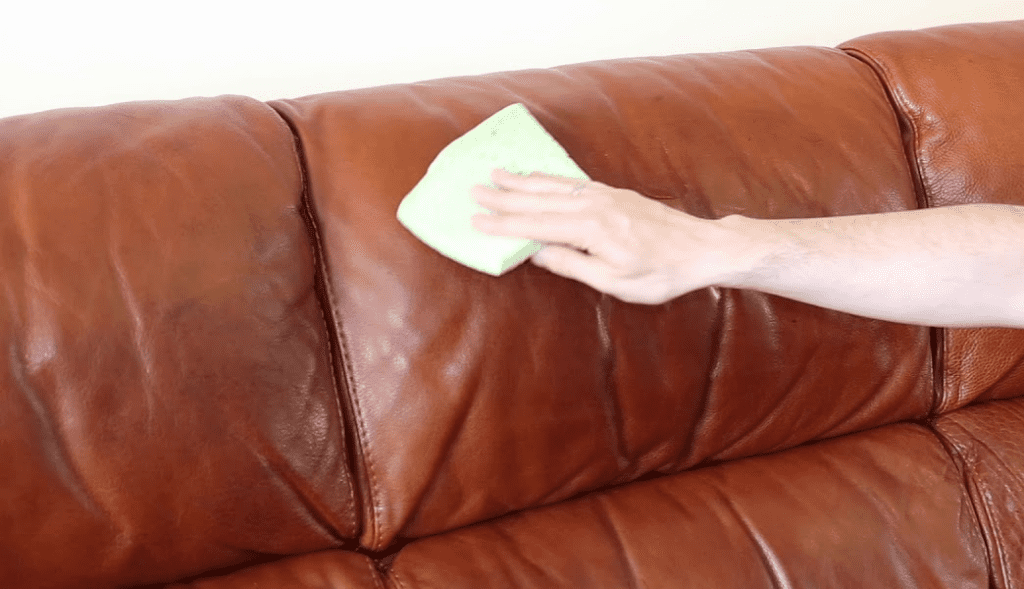
If you have top grain leather products, you must take good care of them. This means wiping away spills as soon as they happen (instead of letting the coffee sit there for days and get sticky) and applying some monthly cleaning and annual conditioning.
Tip: For starters, you should avoid products not explicitly designed for leather cleaning, especially top grain leather. Avoid any products that contain varnish, oils, furniture polish, ammonia, or saddle soap.
Rubbing can make things worse. If there are splits, make sure to wipe the contents off your product immediately. Don’t rub it in, but rather, wipe it off gently. There are leather shampoo products you can use, especially on leather bags or purses that you use daily, which might get exposed to grim from a subway ride or dirt from being rested on a public bar.
On a monthly basis, you should use a small vacuum with a soft brush attachment only to lightly remove dust or debris from furniture and a small cloth for all other products. You can use a warm, damp cloth to wipe anything else off.
This is important to do once per month because while you might not have a stain or spilled coffee, things like bags, purses, chairs, wallets, and so on can still get exposed to the elements, to grim, to oil from your hands or hair. So wiping it down every month is good.
If you have leather chairs or couches, use a nice conditioning product to get some oils back into the top grain. You can do this more often on things like bags and purses if needed. These conditioners are meant to be used with a lint-free, soft cloth.
FAQs
Question: Is Top Grain Good Quality?
Answer: Yes, top grain is good quality. It is not the absolute best quality when it comes to leather, but it is the second best and, therefore, really decent quality. I’ve had top grain products that last decades. It is harder to maintain long-term if it’s been treated because the leather can’t absorb things like oils really well, but I personally think that can work in your favor because it also means your products maintain their same reliable appearance without as much care required.
Question: How Can I Tell if Something is Top Grain?
Answer: Usually, good leather products will tell you what they are made from. Something made from top grain should have the word “top grain” in the description or name of the product. You can also take a close look at the final product. Because it is made by sanding away the top lawyer, you will likely see a uniform imitation grain appearance, even some form of stamping or embossing.
Question: Should I Store my Top Grain Leather in Plastic Bags?
Answer: I’ve made that mistake, thinking that my wallet was safer from the elements in a Ziplock bag. But if you leave the leather in a plastic bag, it can cause mold to develop. You’ll have to clean it off with rubbing alcohol and water (and discard the bag).
Question: What Products Use Top Grain Leather?
Answer: Top grain leather is used for a wide range of products, especially things that are not exposed to rough handling or outdoor temperature fluctuations. Most commonly, the top grain is used for bags, purses, wallets, briefcases, and furniture.
Bottomline
Top grain leather is the second highest quality leather on the market. It’s less expensive than full grain, and while it doesn’t offer the patina of full grain leather, it is more durable and stain resistant. It can also be treated to offer a more uniform look which is why it’s so popular in bags and upholstery.
Looking for more interesting readings? Check out:

